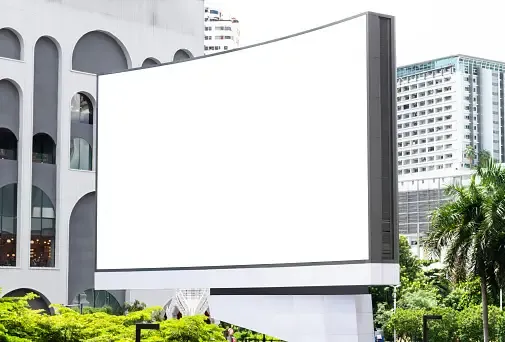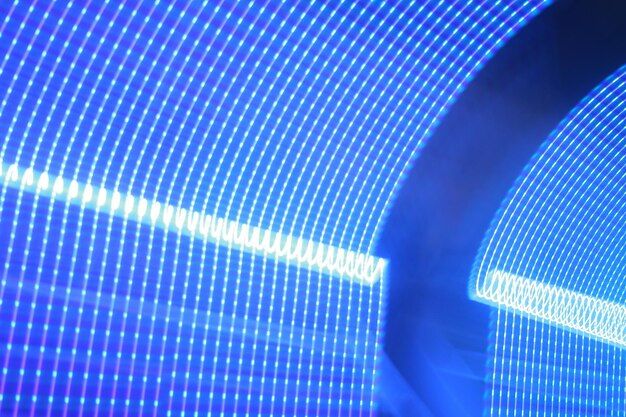
Get a Quote
How to Create a Curved LED Screen?
What are the Purposes of Curved LED Screens?
Curved LED screens serve primarily to create stylish and smooth bends, especially around corners. These screens, when combined with modular displays, facilitate a seamless transition from flat to curved surfaces. The elegant curvature ensures a visually appealing presentation. LED screens are versatile and cater to various needs, offering a broad selection of pixel options and display brightness. Supporting structures are designed to securely install and mount LED screens for safe use.
The applications of curved LED screens are diverse. They excel in large conference rooms where thousands of people can view the content without obstruction. Cinemas are also adopting curved screens for an enhanced viewing experience. Additionally, curved screens play a significant role in the advertising and construction industries. They are integrated into smartwatches, mobile phones, and other devices. Lastly, the commercial availability of curved LED screens has spurred the trend of constructing smart homes, where these screens stand out as prominent devices.
Advantages of a Curved LED Screen
Experience Enhanced Immersion
Opting for a curved LED screen delivers a heightened sense of immersion. The subtle curvature and forward bending of the edges provide a lifelike sensation, akin to being in the real world. The vision offered by curved LED screens ensures focused imagery in front of your eyes, adjusting peripheral vision accordingly. Watching pictures on such a screen intensifies the viewing experience, creating a more immersive and captivating sensation.
A curved LED screen not only provides a wider viewing angle but also a grander perspective. The combination of a curved LED display and an extended viewing angle is precisely what one would desire. In comparison to a regular LCD screen, where certain details might be missed due to issues like color saturation and contrast, the curved LED display resolves these problems. The broader viewing angle ensures a comprehensive and engaging visual experience.
Effortless 3-Dimensional View
Imagine enjoying a guaranteed 3D view without any extra effort – that's precisely what curved LED displays offer. The inherent curvature of the screen effortlessly provides a 3D viewing experience, and the remarkable aspect is that it requires no additional hassle. The surface curvature enhances the depth of view and perception, creating a noticeable difference when compared to flat screens. The transition from a flat screen to a curved LED display ensures an effortless and impressive 3D visual experience.
Creating a Curved LED Screen Involves Several Steps
Design and Planning
Start by outlining the curved LED screen's design specifications, covering factors like screen size, curvature, resolution, brightness, and visual effects. Develop detailed design drawings encompassing the screen, housing, brackets, and connections.
Material Selection
Choose suitable LED display modules, typically flexible ones that can bend to the desired curvature. Select materials to support and encase the LED modules, such as flexible substrates, electronic drivers, heat dissipation systems, and, if necessary, waterproofing materials.
Manufacturing LED Modules
Mount LED chips and electronic components onto flexible substrates to create LED modules. Perform thorough testing and calibration to ensure consistent performance and brightness. This includes understanding the nuances of LED soft modules.
Assembling a Curved Screen
Adhering to the design drawings, install the LED modules onto the curved bracket sequentially, ensuring correct arrangement to achieve the intended curved shape. Connect the wires of the LED modules to guarantee proper power and data transmission.
Debugging and Testing
Upon completing the curved LED screen's production, conduct debugging and testing. This is essential to confirm that the display effect, brightness, and color align with design specifications. Additionally, ensure the screen operates reliably across various environments and conditions.
Conclusion
Crafting a curved LED screen is a blend of precision and creativity. From meticulous design and material selection to the intricate process of module manufacturing and assembly, each step contributes to the magic of a uniquely curved display. As you delve into the world of curved LED screens, remember: it's not just about the technology; it's about creating an immersive visual experience that captivates and enchants.


